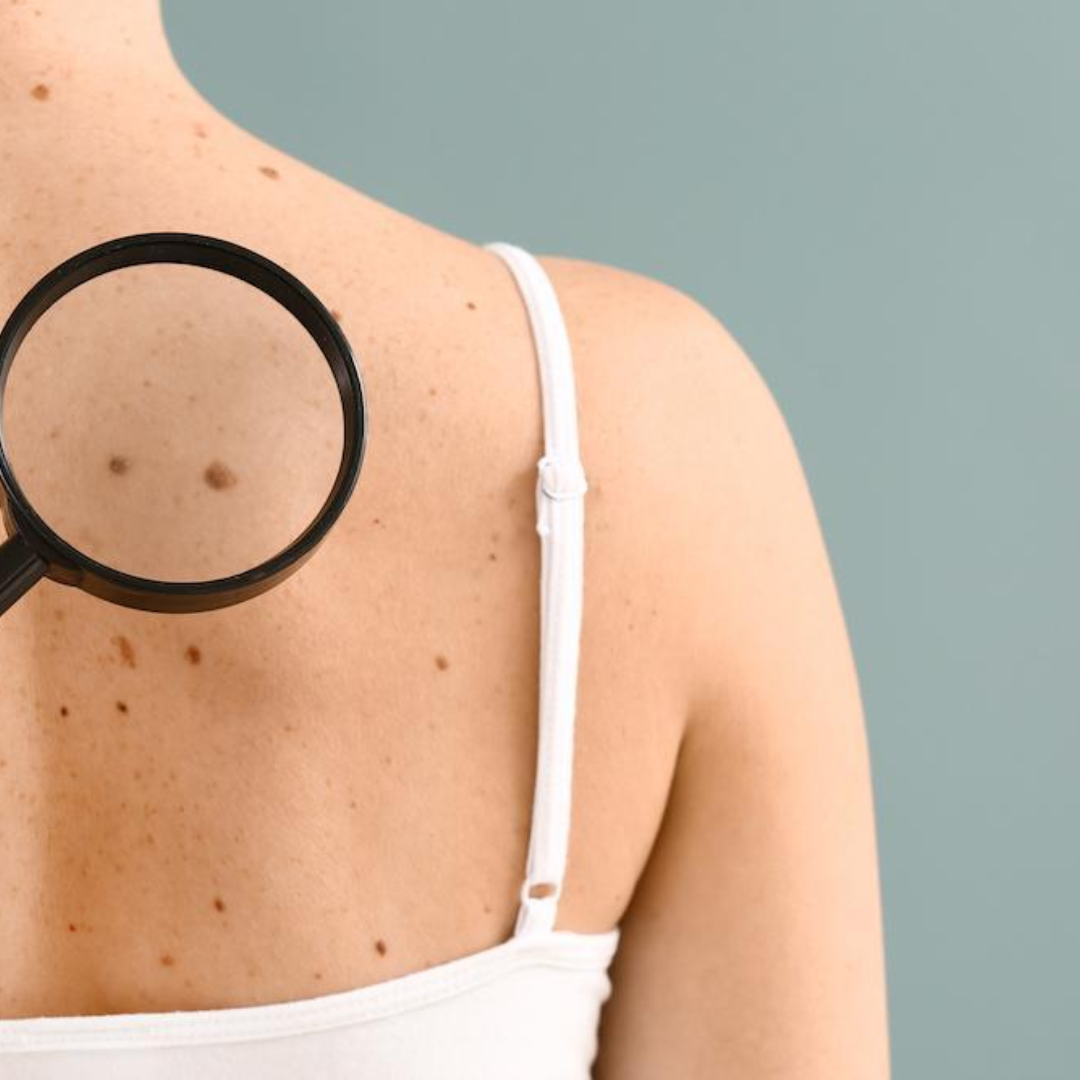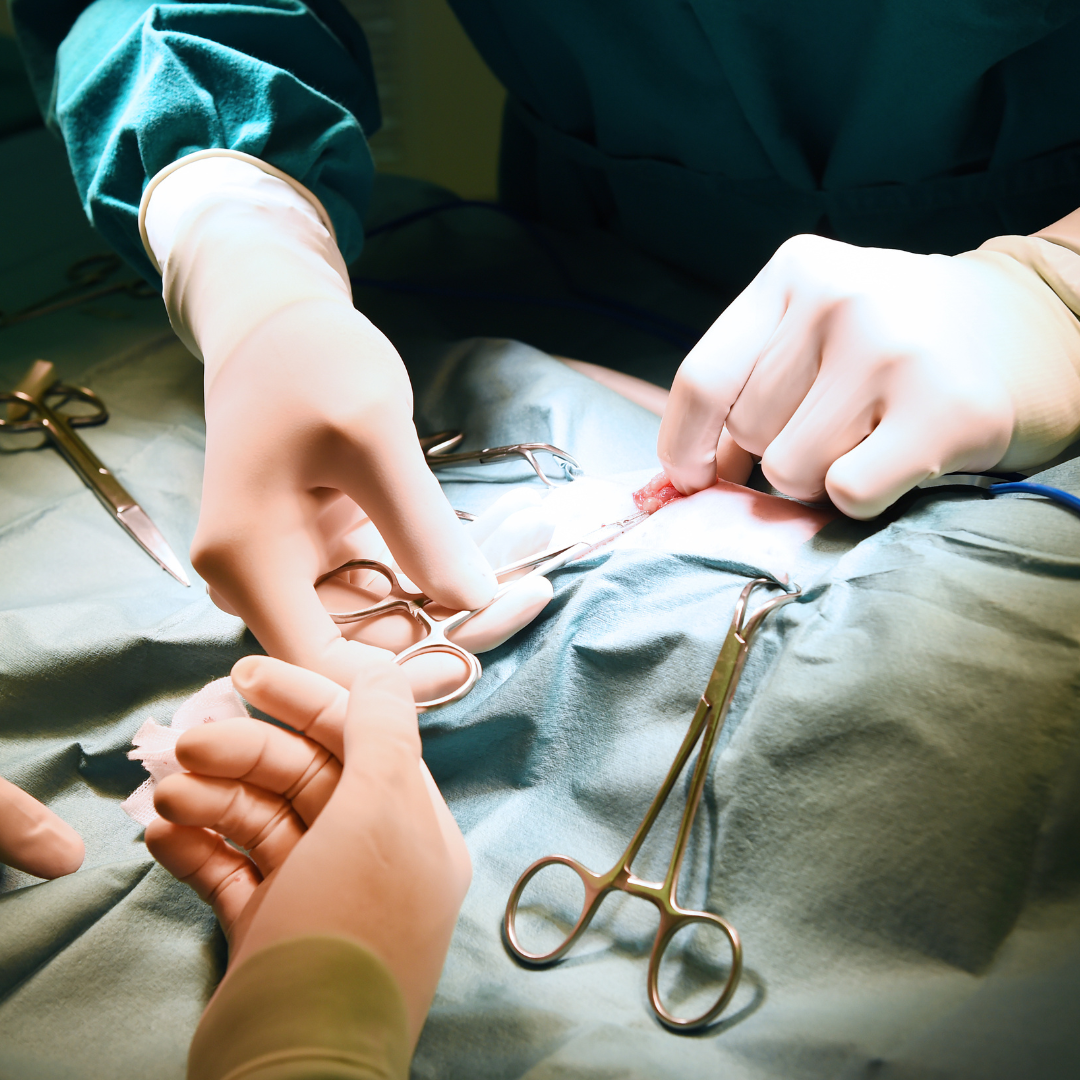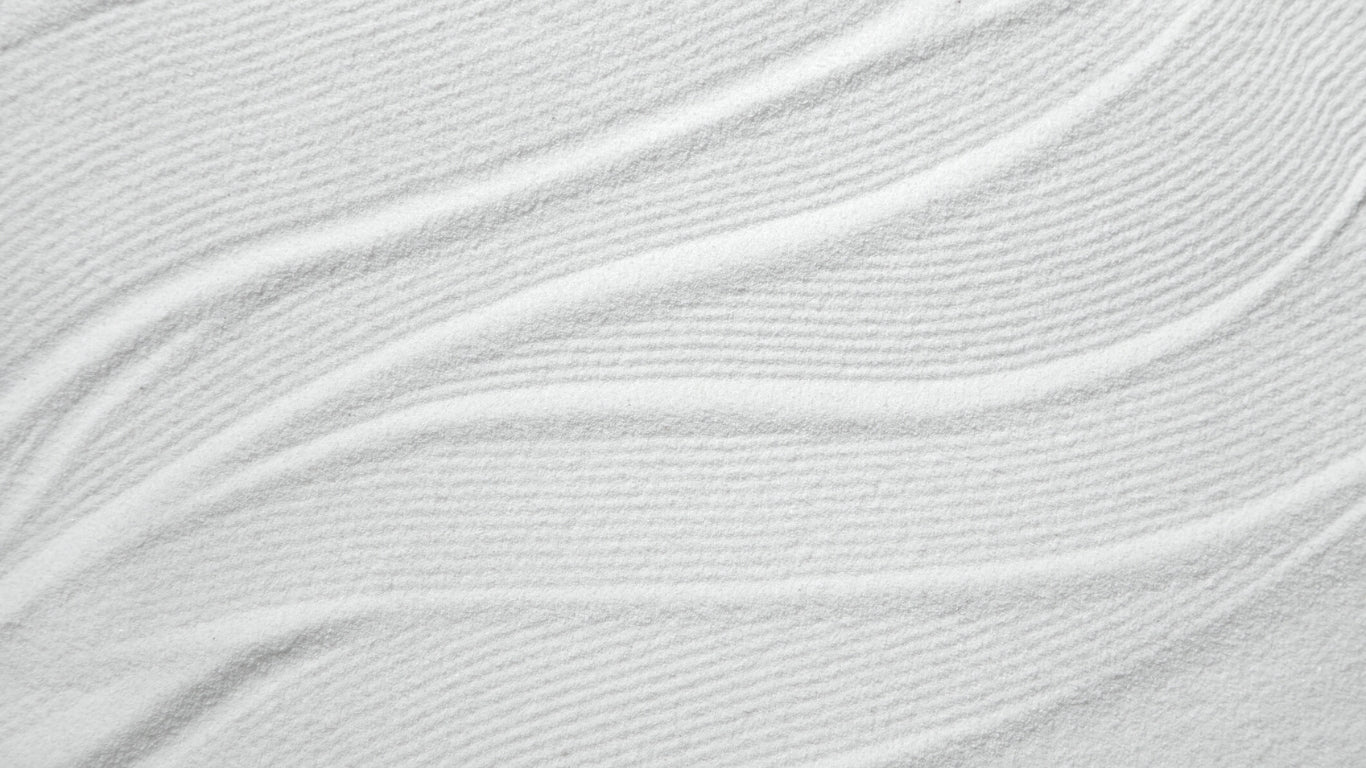
SKIN CANCER SURGERY
Expert Surgical Removal of Skin Cancer with Minimal Scarring
Once skin cancer has been diagnosed, it will be surgically excised in accordance with the clinical guidelines set by the Cancer Council of Australia and the Melanoma Institute of Australia, ensuring safe and effective removal. Depending on the type, size, and location of the skin cancer, different surgical methods may be used.
TREATMENT PROCESS
1. Initial Skin Cancer Assessment
2. Personalised Treatment Planning
3. In-Clinic Surgical Procedure
4. Post-Surgical Care & Follow-Up
5. Ongoing Skin Cancer Monitoring
Your journey begins with a comprehensive skin check, where our doctors assess any suspicious lesions using dermoscopy and, if needed, mole mapping or imaging. If a lesion appears concerning, a biopsy may be performed to confirm the diagnosis before surgery is scheduled.
Once a skin cancer diagnosis is confirmed, your doctor will develop a tailored surgical plan based on the type, size, location, and depth of the lesion. We explain the procedure, aftercare, and expected outcomes, answering any questions you may have.
The procedure is performed in our dedicated, fully equipped minor surgery theatre.
- The area is cleaned and local anaesthetic is applied.
- The cancerous lesion is surgically excised, along with a small margin of healthy skin to ensure complete removal.
- Stitches are placed if required, and a sterile dressing is applied.
We provide clear aftercare instructions to help you care for the wound at home.
- A follow-up appointment is scheduled for stitch removal (if needed) and to review your pathology results.
- If further treatment is required, we’ll discuss the next steps. Our team remains available for any questions or concerns throughout your recovery.
After surgery, we recommend regular skin checks every 6–12 months, especially for patients with a history of skin cancer. Our goal is to prevent recurrence and support early detection of any future lesions.





What is Skin Cancer Surgery?
Skin cancer surgery involves the precise excision of cancerous lesions, ensuring the complete removal of abnormal cells while preserving as much healthy tissue as possible. Depending on the type, size, and location of the skin cancer, different surgical methods may be used.
Skin Cancer Surgery & Recovery
What to Expect After Skin Cancer Surgery
- Mild swelling and redness around the surgical site for a few days.
- Stitches may be required, depending on the size and depth of the excision.
- Minimal downtime, with most patients returning to daily activities within a few days.
- Regular follow-ups to ensure complete healing and prevent recurrence.
How to Reduce Your Risk of Skin Cancer Recurrence
- Wear SPF 50+ sunscreen daily, even on cloudy days.
- Schedule annual skin cancer checks to detect any new lesions early.
- Avoid direct sun exposure during peak hours (10 AM – 4 PM).
- Wear protective clothing, including hats and sunglasses.
What types of skin cancer require surgery?
Skin cancer surgery is commonly used for basal cell carcinoma (BCC), squamous cell carcinoma (SCC), and melanoma, as well as other abnormal skin lesions.
How is skin cancer surgery performed?
A local anaesthetic is applied, and the cancerous lesion is surgically removed with a margin of healthy skin to ensure complete excision. Stitches may be required.
Does skin cancer surgery leave a scar?
Yes, some scarring is expected, but our doctors use precise surgical techniques to minimise scarring and promote smooth healing.
How long does the procedure take?
Most skin cancer surgeries take 30-60 minutes, depending on the size and location of the lesion.
Will I feel pain during the procedure?
No, local anaesthesia is used to numb the area, ensuring a pain-free experience. Mild discomfort may occur after the anaesthetic wears off.
What is the recovery time after skin cancer surgery?
Most patients can resume normal activities within 24-48 hours, but complete healing may take one to two weeks.
Do I need to take time off work?
For small excisions, no time off is necessary. For larger surgeries, limited activity is advised for a few days.
How do I care for my wound after surgery?
- Keep the wound clean and dry for the first 24 hours.
- Follow your doctor’s instructions for changing dressings.
- Avoid stretching the area to prevent reopening the wound.
Will I need stitches?
Yes, stitches may be required for larger excisions, and they are typically removed 7-14 days post-surgery.
What happens if the cancer is not completely removed?
If pathology results show remaining cancer cells, a second excision may be required to ensure complete removal.
Can I have a skin cancer removed for cosmetic reasons?
Yes, we offer medical and cosmetic mole and lesion removal, depending on your needs.
What are the risks of skin cancer surgery?
Risks are minimal but may include infection, bleeding, or minor scarring.
How often should I have skin checks after surgery?
Patients with a history of skin cancer should have skin checks every 6-12 months.
Is skin cancer surgery covered by Medicare?
Yes, most skin cancer surgeries are Medicare-rebated, but cosmetic removals may not be covered.




